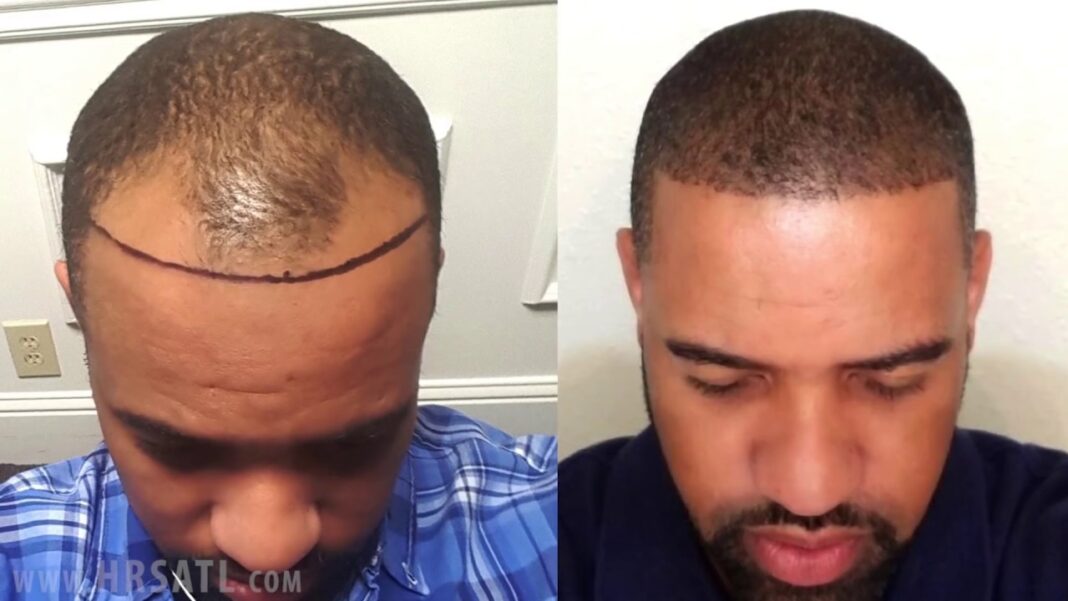The person’s hair loss pattern, hair structure, and the quality of hair in the donor location are all crucial aspects of hair transplants. Natural outcomes in hair transplants are not always feasible with a typical design. As a result, a personal hair design must be produced, and the appropriate hair transplantation procedure must be decided alongside the design. Ethnic variations are another element that has a substantial impact on the diagnosis of hair loss, at all phases of hair transplantation, possible complications, and hair transplantation success. In a scientific study of people who had
FUE hair transplants all around the world, it was shown that specific forms of hair loss were more frequent in different ethnic groups.
Hair Habits Determine Hair Type
Traction alopecia is a disorder that causes hair loss on the scalp, particularly in the front and side areas, as a result of excessively tightly knotted or braided hair. It is more frequent in African American women. Braiding hair excessively tightly and thinly is a popular hairstyle among African American women. Hair loss is fairly frequent in the African culture, and it can be a painful matter for those in their early twenties who are losing hair. Hair loss can develop over time as a result of excessive use of hair treatments, tight braiding, and hair extensions.
Each Race Has Its Own Hair Transplantation
Patients’ preferences for hair or beard implantation are heavily influenced by ethnic disparities. For example, beard and mustache transplantation is the most popular surgery among patients traveling for
hair transplants in Turkey from Arab nations. The fundamental reason behind this is that among Middle Eastern males, growing a bushy beard represents authority and masculinity. Although there are several hair kinds in various sources, human hair is mainly analyzed in the medical literature under three different ethnic groupings as Asian, Caucasian, and African ethnicity. Although the molecular and protein structure of hair is similar in all three ethnic groups, they differ in terms of hair development pattern, hair density, and hair shaft diameter.
The fastest hair growth pattern and moderate hair belong to the Asian ethnicity., Africans have the slowest hair growth pattern and the lowest hair density, while Caucasians have the highest hair density and moderate hair growth pattern. The density of hair in the donor area is the most essential parameter for determining a person’s suitability for hair transplantation.
Blondes have the most hair density, whereas reds have the least hair density. In comparison to Africans and Asians, Caucasians are the most prevalent ethnic group experiencing hair loss. Male-pattern hair loss, also known as androgenic alopecia, is most frequent in Caucasians.








